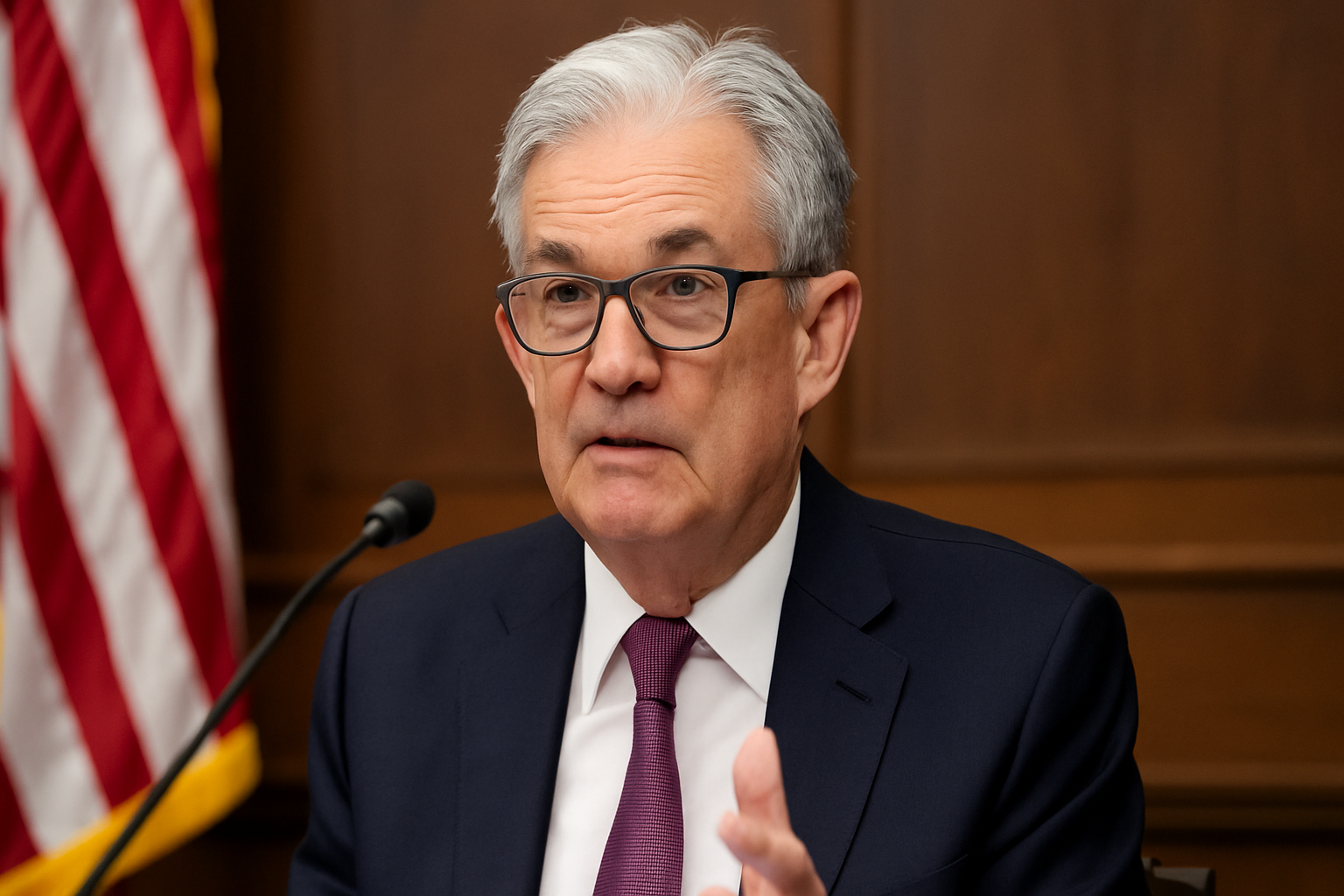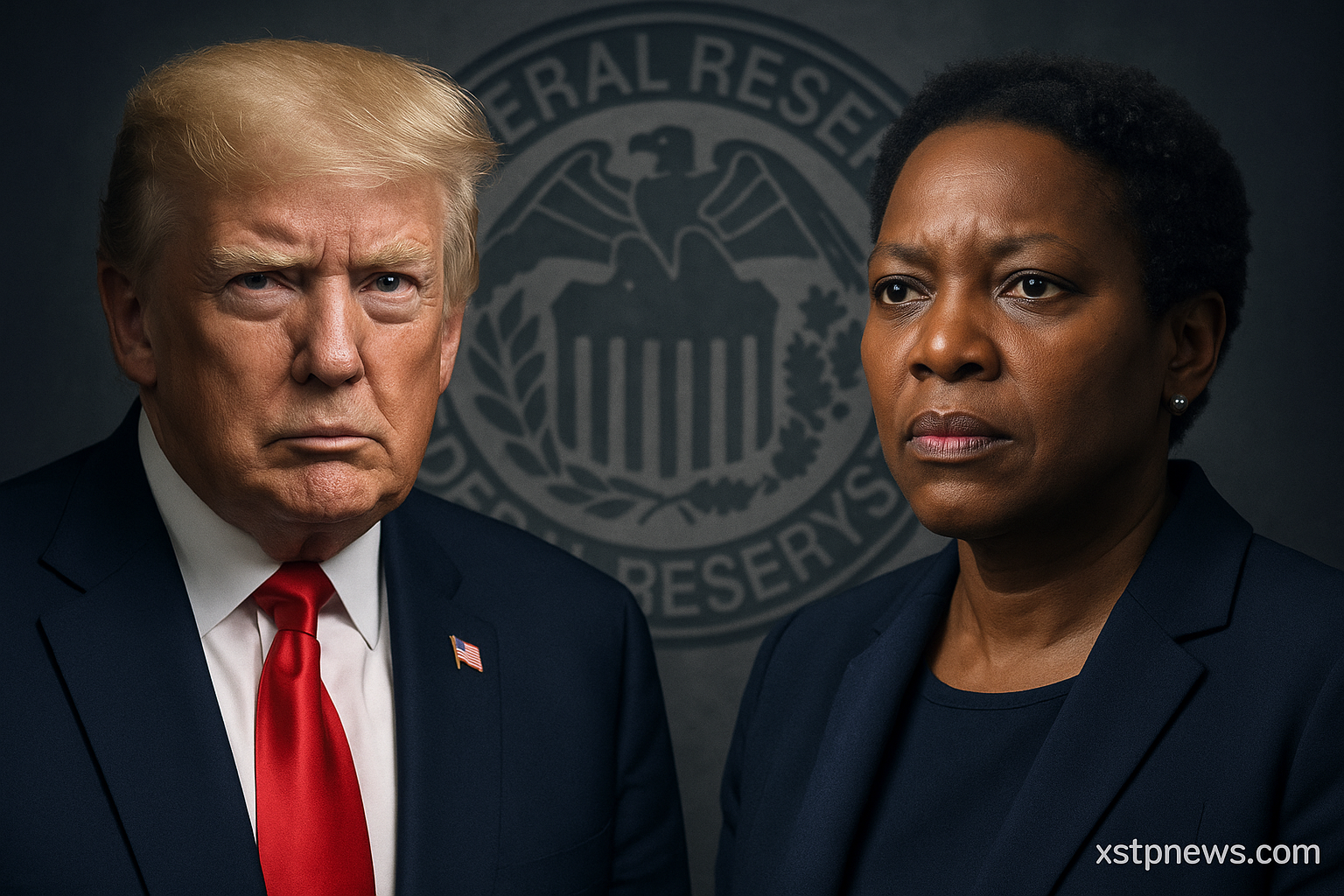On June 24, during his semiannual testimony before the House Financial Services Committee, Federal Reserve Chair Jerome Powell delivered a clear yet cautious message on the current state of the US economy and the central bank’s monetary policy outlook.
At a time of rising global tensions, tariff adjustments, and lingering inflation, Powell’s remarks offered valuable insight into how the Fed intends to navigate this complex environment without rushing into premature decisions.
US economy remains strong but under pressure
Powell stated that the US economy continues to demonstrate strength, supported by robust consumer spending and a resilient labor market. However, he warned that new tariff hikes could increase prices and slow economic activity in the coming quarters.
“We are closely watching the potential impact of trade policy on both inflation and growth,” he said during the hearing.
Dual mandate in focus: inflation and employment
The Fed operates under a dual mandate to promote maximum employment and stable prices. Powell emphasized that the institution is carefully balancing both objectives.
- Inflation remains slightly above the 2 percent target
- Long-term inflation expectations remain well anchored
- The labor market is near full employment levels
- Job creation has helped reduce demographic disparities in income and opportunity
Powell stressed that price stability is essential for achieving sustained strength in the labor market.
No rush to cut rates
Despite modest progress in inflation metrics, Powell made it clear that the Fed is not ready to lower interest rates just yet. The central bank is waiting for additional economic data to build confidence that inflation is firmly returning to target levels.
“We are well positioned to wait. Acting too soon could reignite inflation,” Powell noted.
He added that while some price increases may be temporary, the Fed must prevent them from becoming persistent inflationary cycles.
Strategic patience and institutional discipline
Powell’s message reinforced the Fed’s current stance: no commitment to rate cuts, but also no urgency to tighten further. The approach remains data-driven and flexible, aiming to respond to evolving risks on both sides of the mandate.
By staying focused and avoiding political pressure, the Fed is showing its commitment to long-term economic health and monetary credibility.
Jerome Powell’s congressional testimony highlighted a Federal Reserve that remains calm, analytical, and disciplined. In a time of global uncertainty and domestic tension, the Fed is choosing to wait for clarity rather than act on speculation.
With inflation still above target and the labor market near full strength, the central bank’s message is clear: patience is policy.







